These Pollution Disasters Pushed Environmental Policy Forward
From oil spills to burning rivers, view snapshots of some of the most catastrophic pollution events in U.S. history that inspired environmental protection efforts.
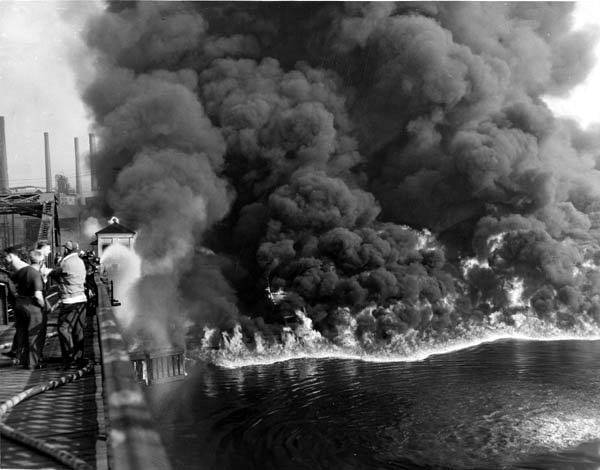
 This story is part of Degrees Of Change, a series that explores the problem of climate change and how we as a planet are adapting to it. Tell us how you or your community are responding to climate change here.
This story is part of Degrees Of Change, a series that explores the problem of climate change and how we as a planet are adapting to it. Tell us how you or your community are responding to climate change here.
For at least a hundred years, people watched the Cuyahoga River burn. The waterway, which curves through Northeast Ohio, was one of the most polluted rivers in the United States—brimming with yellow-black rings of oil, sewage, and debris that had been dumped from the industries in Cleveland. Since the 1860s, the oil-soaked river had caught fire at least a dozen times.
But, “it wasn’t the only river in America that was on fire,” David Uhlmann, director of the University of Michigan Law School’s Environmental Law and Policy Program, tells Science Friday in a recent Degrees of Change interview. Rivers and streams were used as open sewers, beaches were coated in oil from blown out rigs, towns and cities were blanketed in smog from industries and manufacturers. “We had air literally choking people, making it impossible to breathe in large American cities. We had a desperate need to do something about the environment.”
Then in 1969, a blaze towering over five stories high on the Cuyahoga River was one event that helped ignite legislative action.
“Remarkably, the environment was an issue that brought people together at a time where people were pretty badly divided,” says Uhlmann. “Pretty much everybody was in favor of cleaner air, fresher water, and communities freed of hazardous waste sites.”
These events and disasters motivated pollution regulations and environment protection laws in the 1970s—and helped unite policy makers. Looking back can inform decision-making today, says Uhlmann.
“I look at this decade, at both the challenges we face and the opportunities before us, and I’m reminded of the 1970s,” says Uhlmann. “I think we can, indeed we must, come together again around environmental issues, recognize the fact that there is no planet B. There’s nowhere else for us to go.”
Explore archival images of some of the historical events that led to foundational environmental protection laws in the United States.
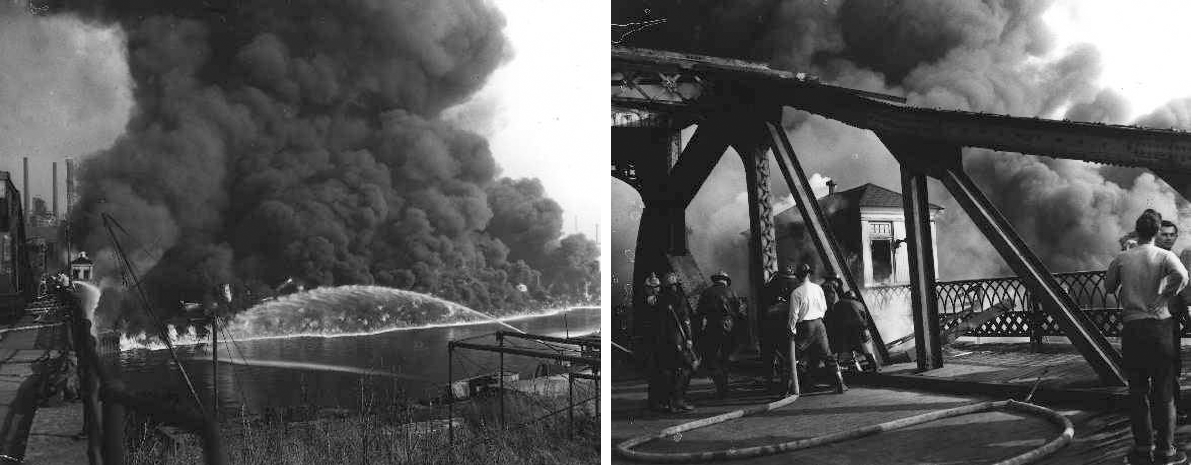
This blaze on the Cuyahoga River in 1952 is reported to have been the most potent, and caused over $1.3 million in damages. Credit: The Cleveland Press Collection/Cleveland State University, Michael Schwartz Library, Special Collections
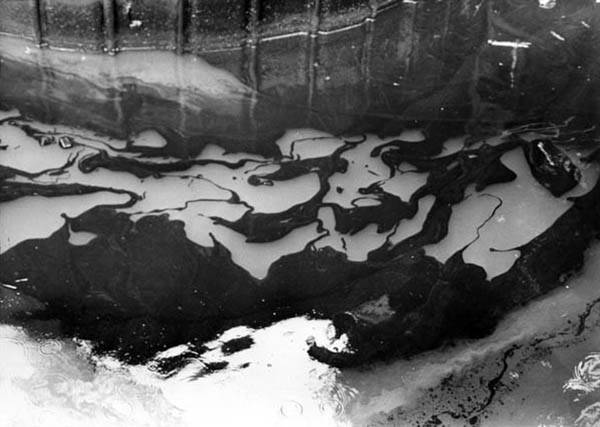
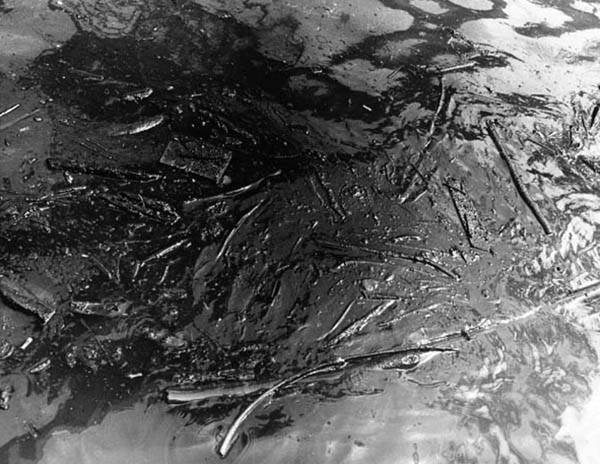
“None of these challenges are republican or democratic issues… It affects all of us.”
— David Uhlmann
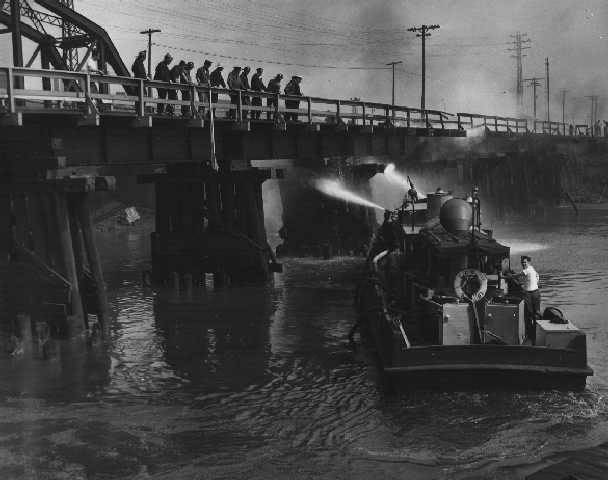
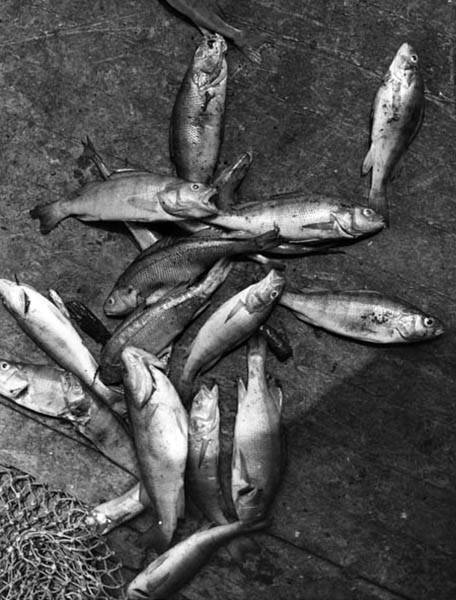
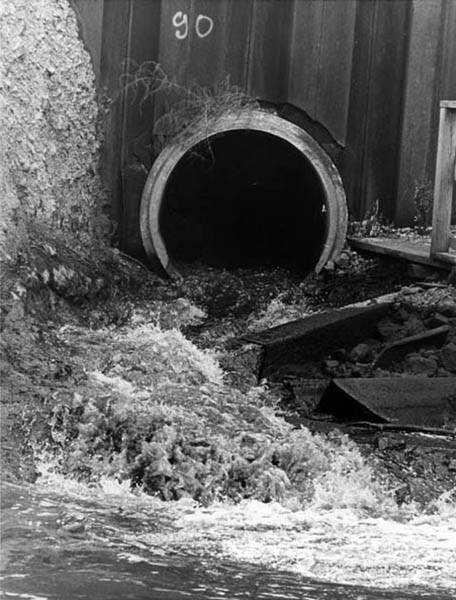
We want to hear your stories for our next chapter of Degrees of Change. How is your county, city, or neighborhood responding to climate change?
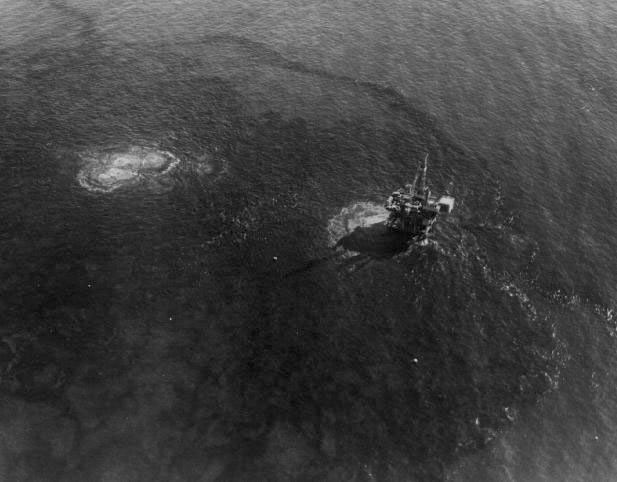
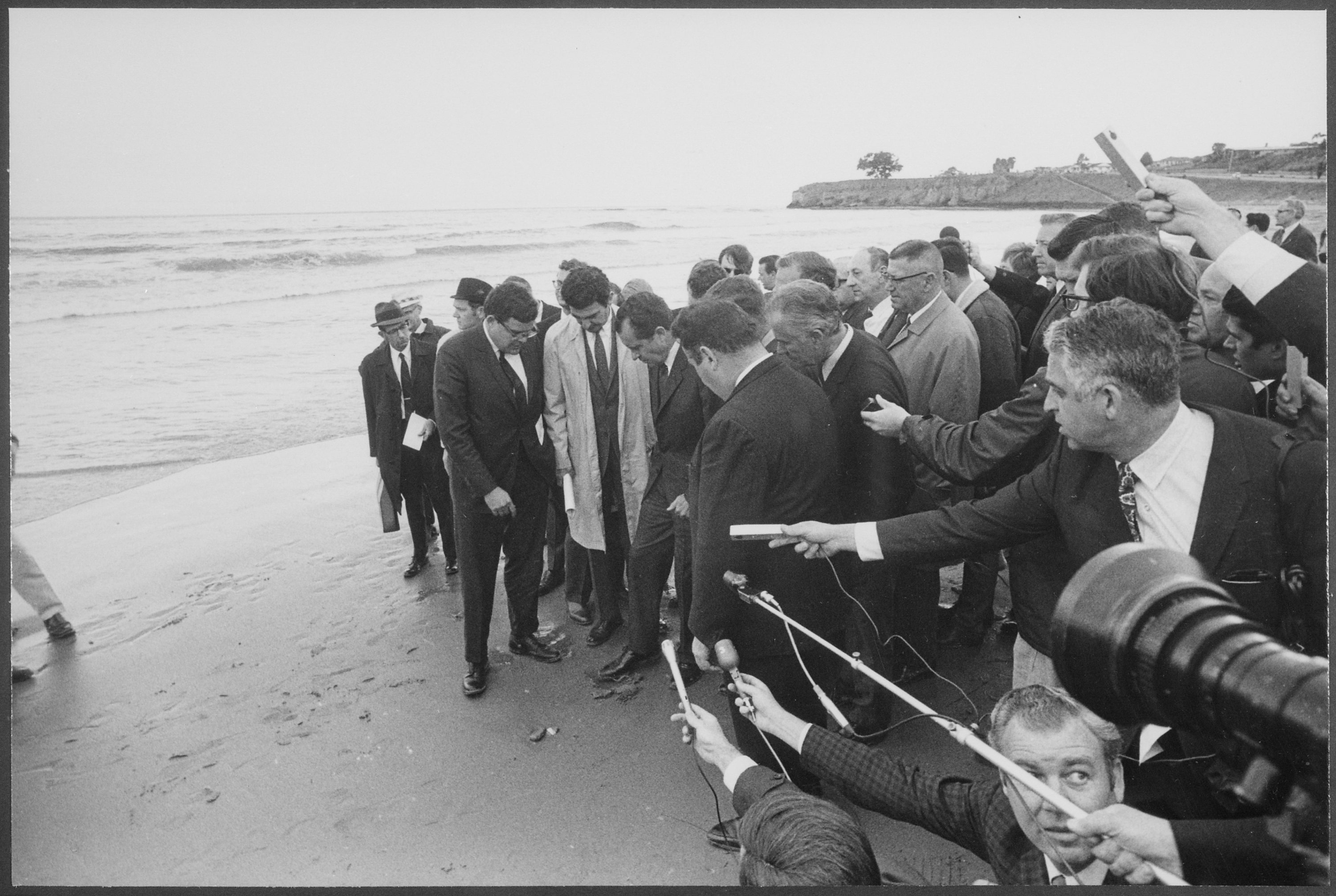
President Richard Nixon visits Ledbetter Park in Santa Barbara, California following the oil spill. It created a 35-mile-long oil slick along California’s coast. Credit: National Archives
“In America, we often need a tragedy to motivate us to act.“
— David Uhlmann
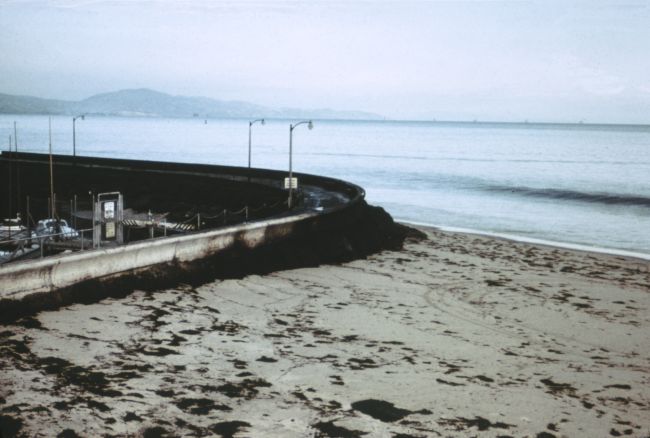
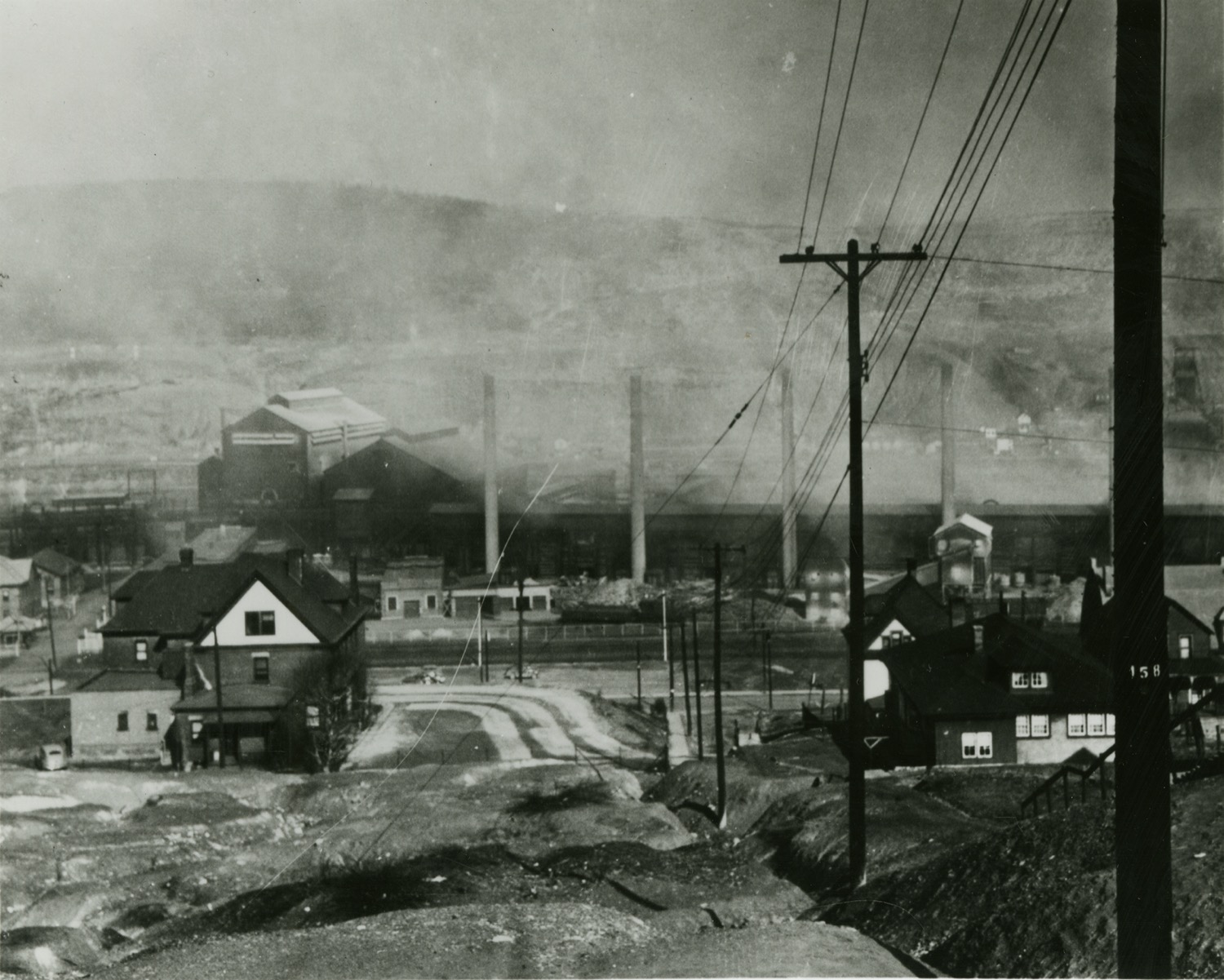
Donora, Pennsylvania is a town about 20 miles south of Pittsburgh. In 1948, A thick smog just before Halloween covered the town, killing 20 citizens. It's cited as one of the worst air pollution events in U.S. history. Credit: National Library of Medicine/Public Domain
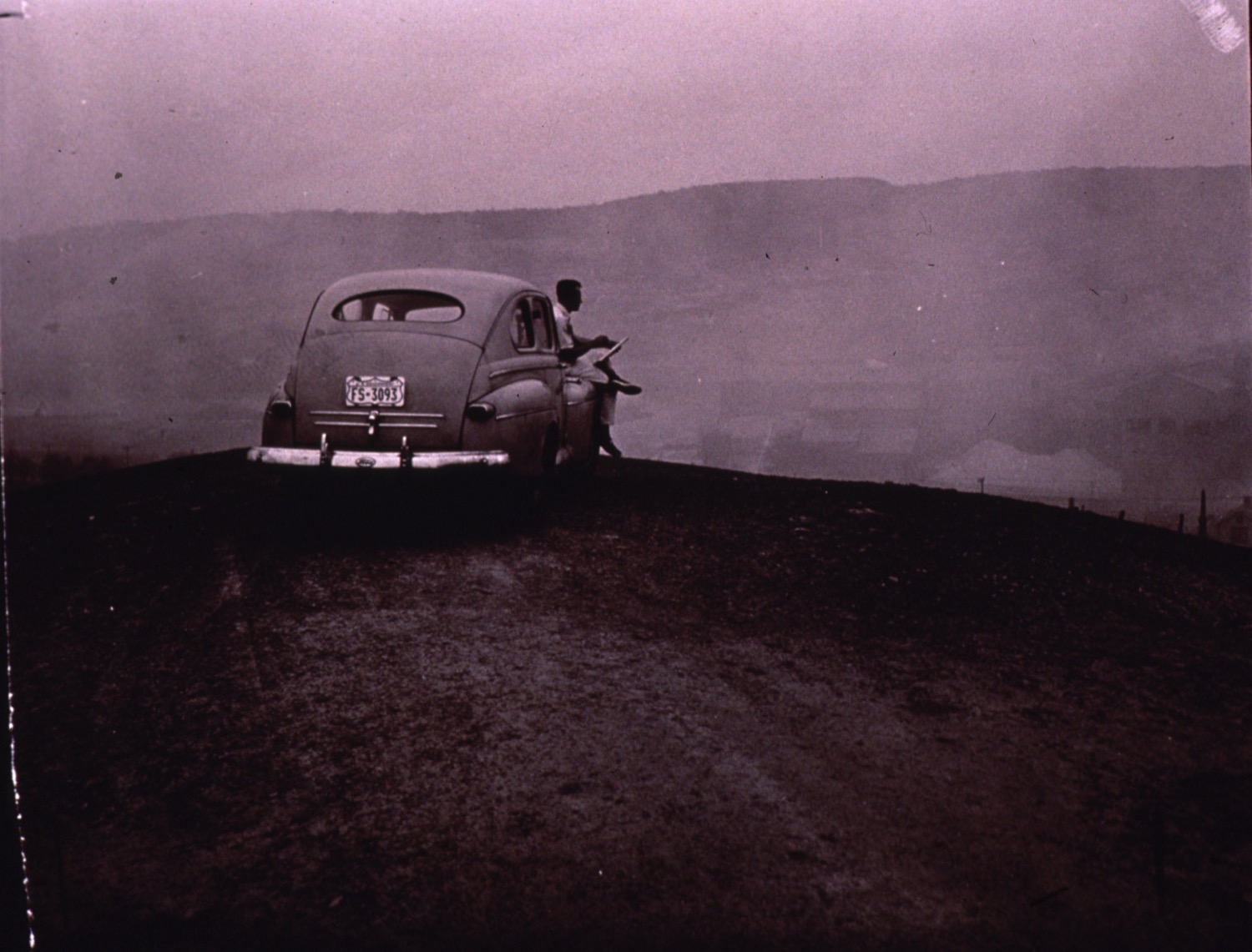
For about three days, the steel and wire plants and zinc works in Donora blanketed the town in smog. Credit: National Library of Medicine/Public Domain
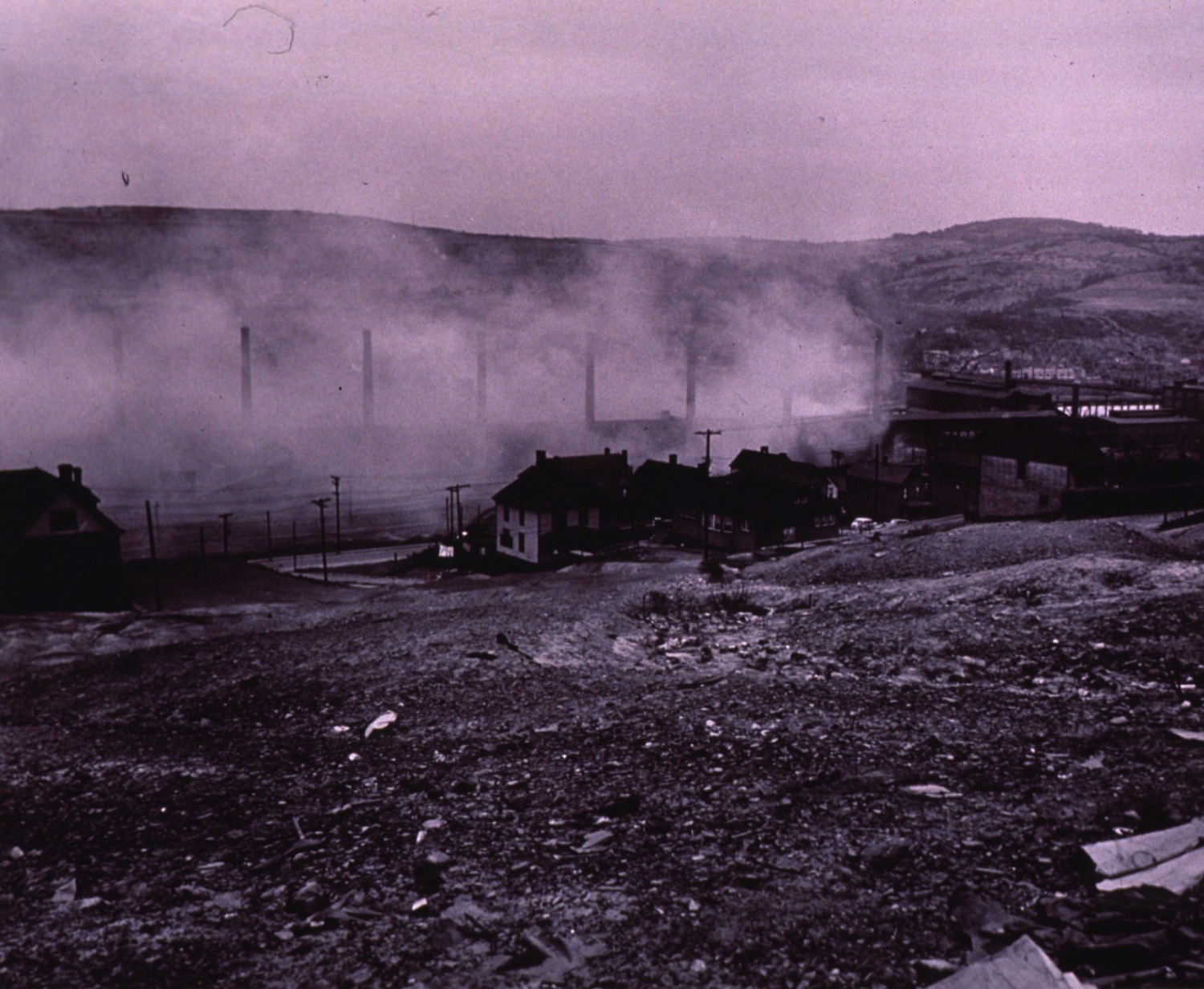
Within 12 hours of the smog, 17 were dead and 1,440 were affected by serious respiratory illness and another 4,470 individuals suffered mild or moderate symptoms. Credit: National Library of Medicine/Public Domain
“[Today] the individuals who live in the shadow of these big industrial facilities like refineries have no idea what pollution they’re being exposed to right now.”
— Gina McCarthy, president and CEO of the Natural Resources Defense Council
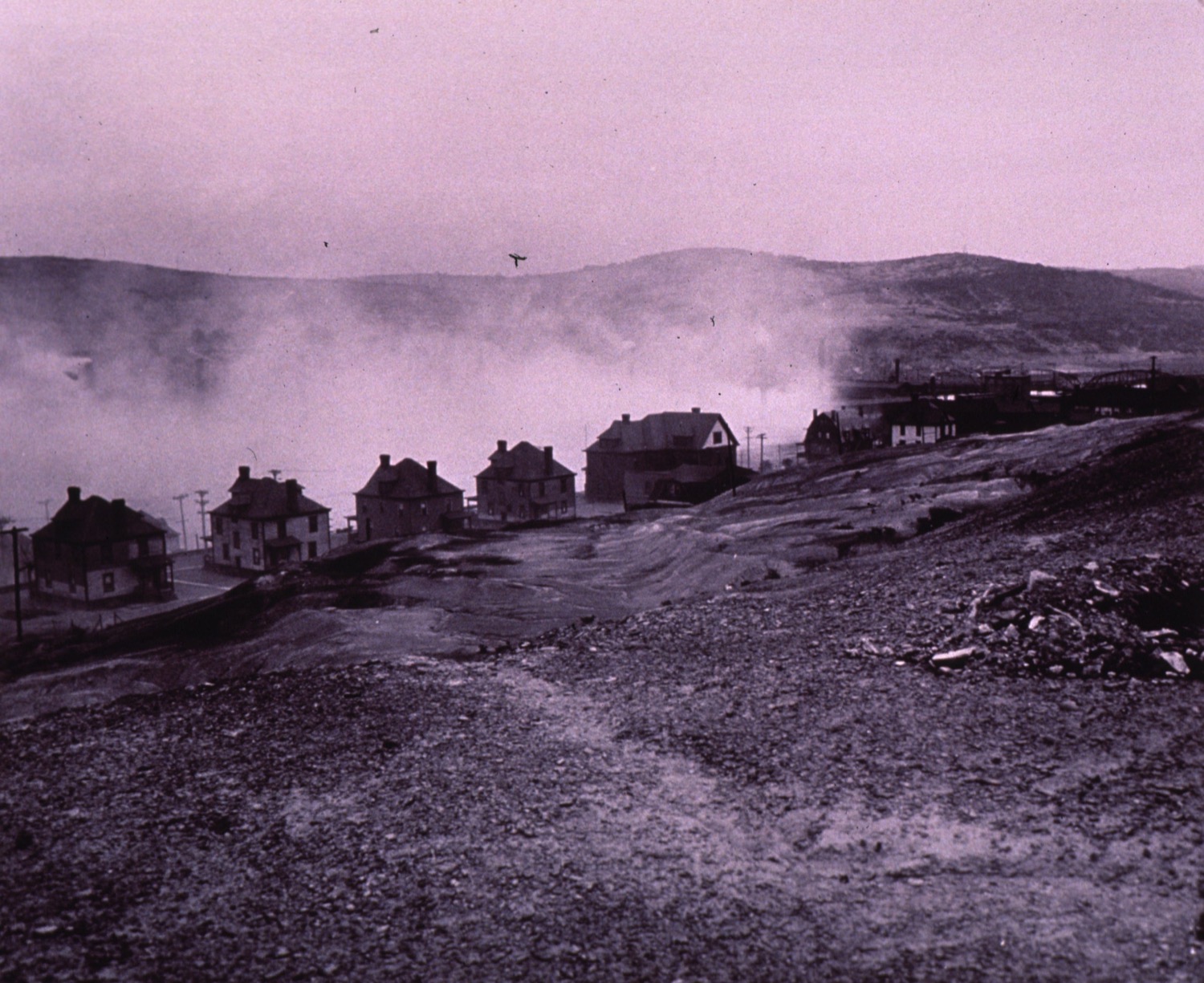
The exposure to large amounts of pollutants helped catalyze the Clean Air Act, that was eventually established in 1970. Credit: National Library of Medicine/Public Domain
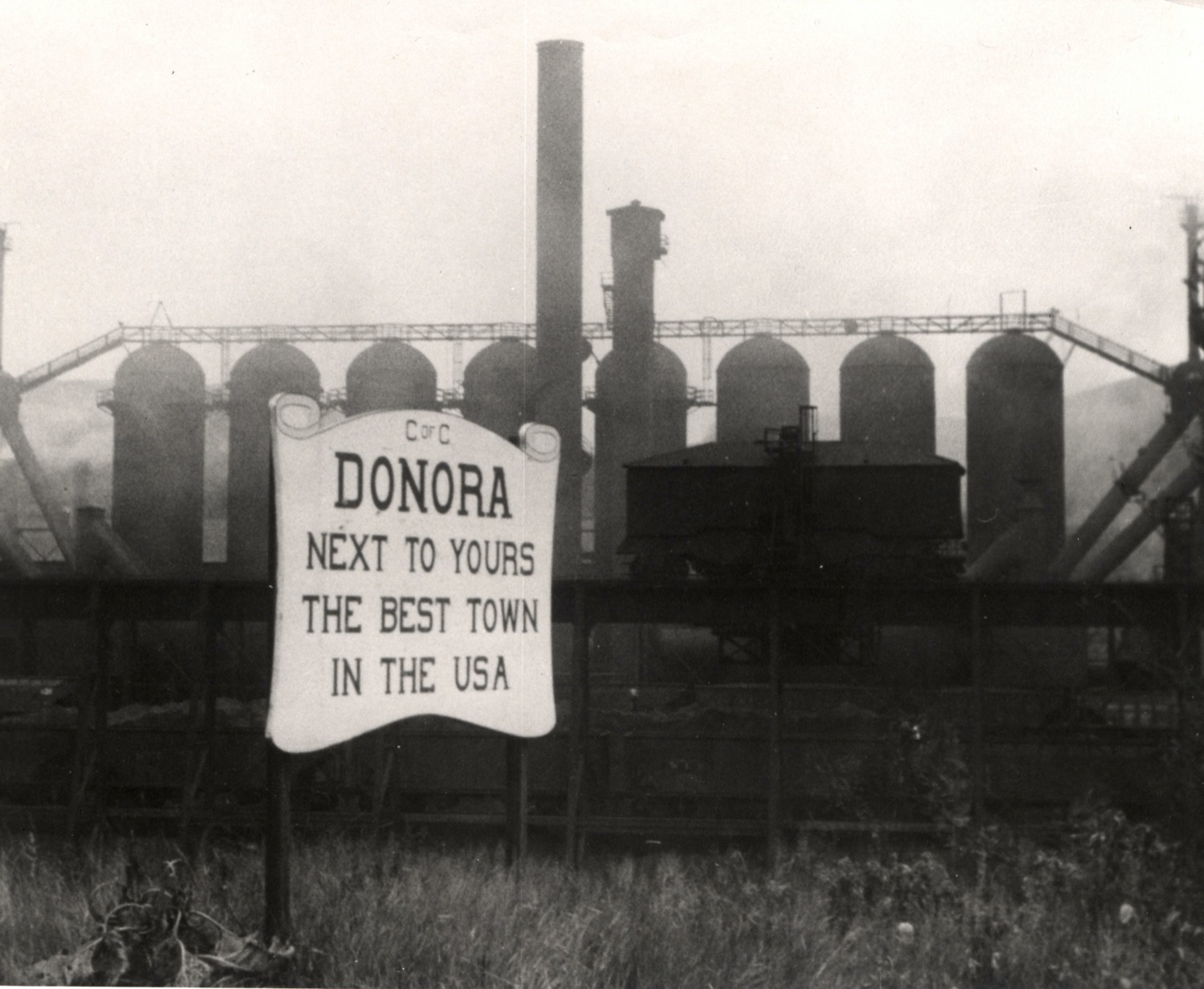
Invest in quality science journalism by making a donation to Science Friday.
Lauren J. Young was Science Friday’s digital producer. When she’s not shelving books as a library assistant, she’s adding to her impressive Pez dispenser collection.